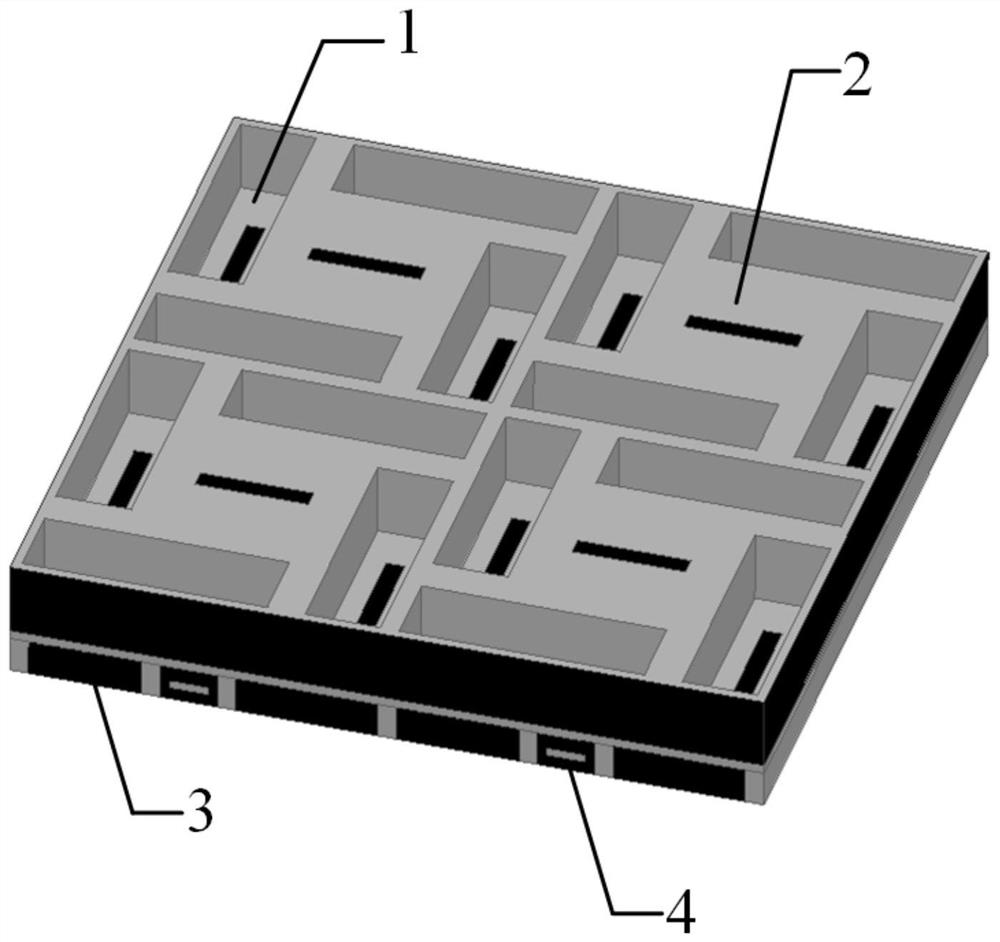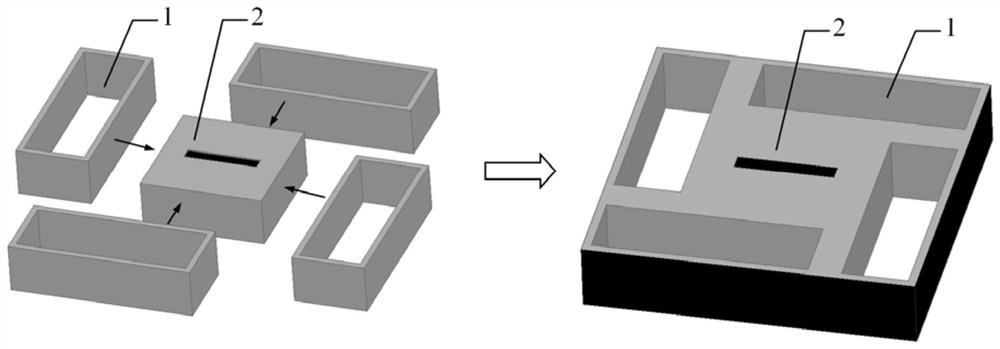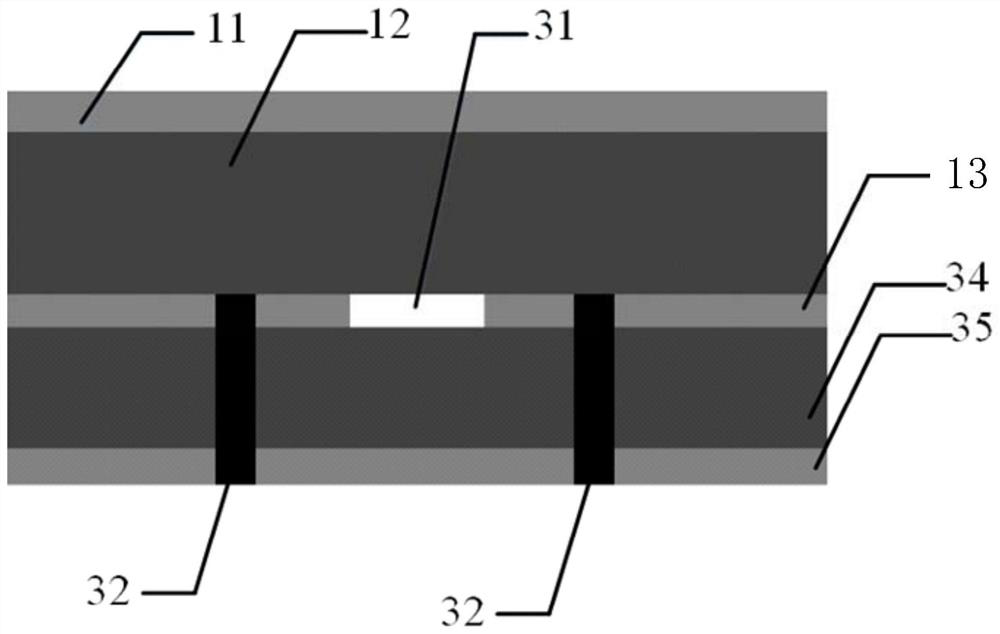A Rectangular Waveguide Dual-frequency Common Aperture Antenna Based on Structure Multiplexing
A rectangular waveguide and common-aperture technology, which is applied in the structural form of radiating elements, antenna arrays that are energized separately, and the combination of antenna units with different polarization directions, can solve the problem of large occupied area of antenna aperture, low antenna isolation, and the occupation of all apertures. Large area and other problems, to achieve the effect of reducing the occupied area of the antenna aperture, high isolation effect, and improving utilization rate
- Summary
- Abstract
- Description
- Claims
- Application Information
AI Technical Summary
Problems solved by technology
Method used
Image
Examples
Embodiment Construction
[0020] The present invention will be further elaborated below in conjunction with the accompanying drawings and embodiments.
[0021] This embodiment provides a rectangular waveguide dual-frequency co-aperture array antenna based on structural multiplexing, and its 2×2 array is as follows figure 1 As shown, each antenna unit includes: 4 rectangular waveguide antennas 1 and 1 cavity-backed slot antenna 2; The cavity-type slot antenna is integrated by utilizing the particularity of the structure, which reduces the area occupied by the antenna aperture and achieves high isolation under the premise of dual-band normal operation.
[0022] In this embodiment, the structure of the antenna unit is as follows figure 2 As shown; including: a metal copper clad layer 13, a dielectric layer 12 and a metal copper clad layer 11 stacked sequentially from bottom to top, the dielectric layer is rectangular, and four sides of the same size are provided in the dielectric layer 12 Rectangular s...
PUM
 Login to View More
Login to View More Abstract
Description
Claims
Application Information
 Login to View More
Login to View More - R&D Engineer
- R&D Manager
- IP Professional
- Industry Leading Data Capabilities
- Powerful AI technology
- Patent DNA Extraction
Browse by: Latest US Patents, China's latest patents, Technical Efficacy Thesaurus, Application Domain, Technology Topic, Popular Technical Reports.
© 2024 PatSnap. All rights reserved.Legal|Privacy policy|Modern Slavery Act Transparency Statement|Sitemap|About US| Contact US: help@patsnap.com










